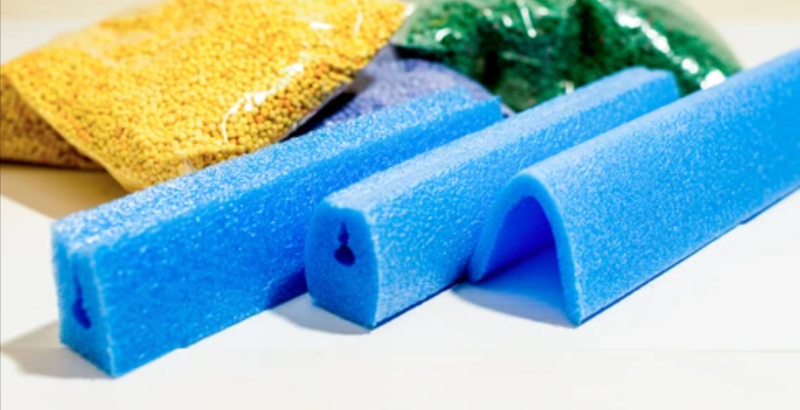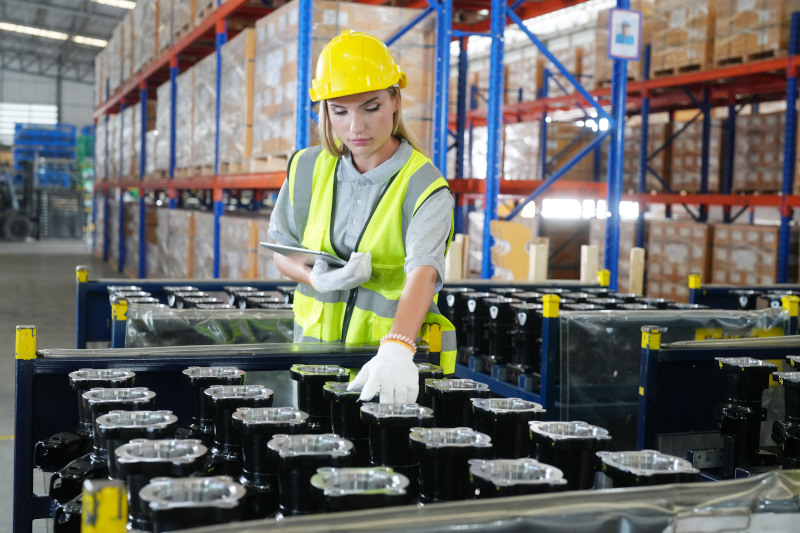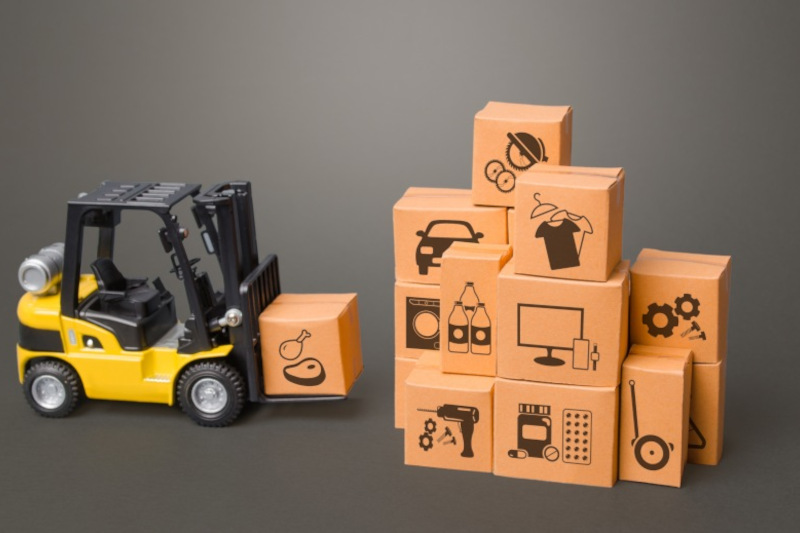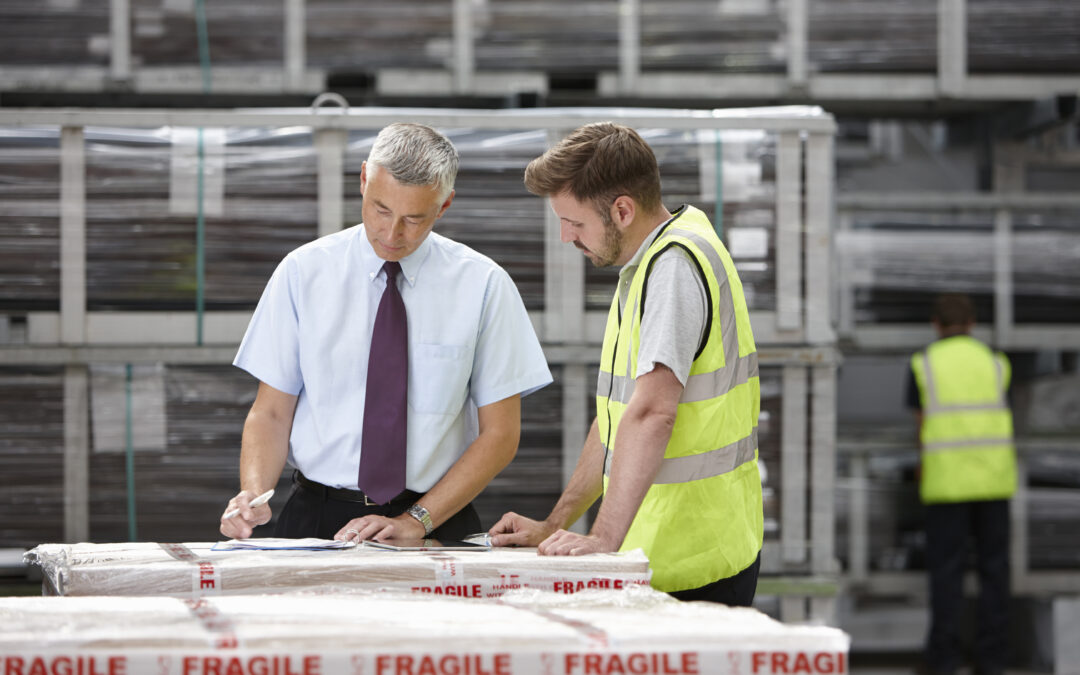Polyethylene foam is booming.
In 2022, the PE foam market was valued at $3.39 billion—and it’s anticipated to reach $5.45 billion by 2030, according to an SNS insider analysis.
The market for PE foam is being driven by two main factors, according to the analysis. First, companies are becoming more environmentally conscious so demand for eco-friendly materials, including PE foam, is on the rise.
Second, PE foam is being used more frequently in the automotive and construction industries due to its insulating properties. This has led to a surge in the adoption of PE foams globally.
So, what does that mean for packaging?
Well, turns out PE foam has been a game-changer for the packaging industry, too. This extremely lightweight, versatile material is ideal for crafting cost-saving, protective packaging designs.
So as packaging distributors look to offer innovative solutions to their clients, incorporating polyethylene foam into your offerings can lead to a multitude of benefits— for you and your customers.
Understanding Polyethylene Foam
Polyethylene Foam, often referred to as PE foam, is a lightweight, durable, and versatile material derived from the polymerization of ethylene. Its closed-cell structure renders it water-resistant, and it provides excellent cushioning and shock absorption for delicate products. These characteristics make it an ideal choice for packaging solutions across various industries.
Benefit No. 1: Customization
Polyethylene foam is easily moldable and can be cut into various shapes and sizes. This allows packaging distributors to create tailored packaging solutions that perfectly fit the contours of their clients’ products, maximizing protection and minimizing wasted space.
Benefit No. 2: Versatility
PE foam can be used for a wide range of products, from delicate electronics to heavy machinery. This versatility allows packaging distributors to cater to diverse client needs, expanding their customer base and business opportunities.
For example, PE foam can be precision-cut to fit the shape of small electronic devices, ensuring a snug fit that prevents movement and absorbs shocks. But it can also protect large, heavy machinery during shipment. Polyethylene foam can be employed as padding, crate lining, or even custom protective casings.
And because it’s moisture resistant, PE foam’s ability to repel oil and chemicals makes it an ideal choice for protecting engine components and other automotive elements.
Benefit No. 3: Reduced Costs
The primary purpose of packaging is to safeguard products from damage during transit. PE foam’s shock-absorbing properties make it highly effective in absorbing impacts, preventing breakage or deformation of delicate items.
With PE foam, packaging distributors can minimize damage claims, reducing the need for expensive product replacements. Additionally, the lightweight nature of the material helps lower shipping and packaging costs overall.
Benefit No. 4: Sustainability
Polyethylene foam is a significantly more sustainable packaging solution for a variety of reasons. It is reusable and 100% curbside recyclable as a class 4 material.
Polyethylene can be used to engineer packaging designs that achieve up to an 80% reduction in material usage – all of which corresponds to efficiency, cost savings and a smaller carbon footprint. Using a recyclable material not only appeals to environmentally conscious clients but also aligns your brand with broader sustainability initiatives.
Ivex offers a variety of polyethylene foam solutions that are available only through us including low-density foam rolls and foam laminates that offer an extra layer of protection against tears or damage. We have a vertically integrated streamlined process, multiple locations across North America, and the packaging design talent to take on your most complicated projects. If you’d like to see if we are the right packaging partner for you, don’t hesitate to contact us.





